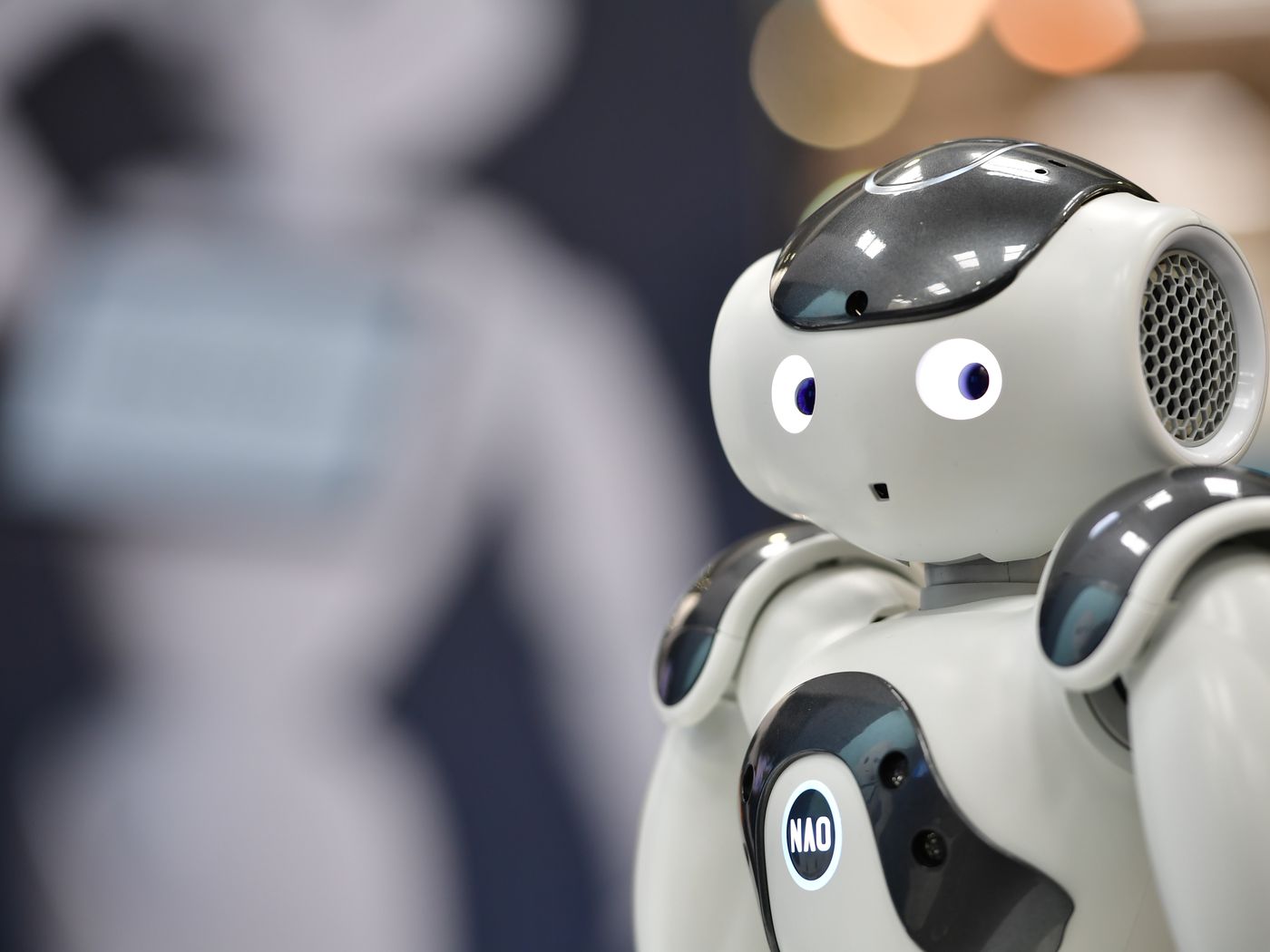
The Rise and Fall of Robot-Induced Profits A “U” Shaped Journey Unveiled
The Rise and Fall of Robot-Induced Profits A “U” Shaped Journey Unveiled In the age of rapid technological advancement, the integration of robots into business processes has become a compelling topic of study. Researchers from the University of Cambridge have delved into the intricate relationship between robots and corporate profits across 25 European countries, spanning the years 1995 to 2017. Their findings, akin to a “U” shape, reveal a nuanced journey that uncovers how profits dip before resurging when companies adopt robotic technologies.
University of Cambridge Study Explores the Economic Impact of Robots on Company Profits
The Curious Paradox A Dip and a Resurgence
The study’s standout discovery revolves around the temporal dynamics of profits in the face of robotics adoption. It showcases a distinctive pattern – a “U” shape – wherein company profits initially decline upon the introduction of robots but subsequently ascend. This intriguing trajectory prompts the exploration of why and how this phenomenon transpires.
Unraveling the Why The Ebb and Flow of Robotics
The initial dip in profits upon robot implementation emerges as a result of companies’ shared pursuit of cost-saving measures. The adoption of robots to automate tasks inherently reduces expenses, a strategy that becomes an industry-wide trend. As a consequence, organizations divert their focus from innovation and new product development to the universal objective of cost-cutting, collectively leading to a temporary slump in profitability.
The Transformational Turnaround Creativity and Differentiation
As companies grow accustomed to robotic technologies and their capabilities, a transformation takes place. The integration of robots begins to transcend mere efficiency gains. Companies exploit the full potential of these tools by creatively designing new products and refining business strategies. This innovation-driven approach sets them apart from their counterparts and enables them to stand out in the market, ultimately boosting their revenues and pulling profits out of the initial trough.
An Echo from the Past Drawing Parallels with the Computer Revolution
The study’s findings echo a similar trajectory observed during the introduction of computers into the business world. In both cases, the early stages saw a period of adaptation and adjustment before yielding the anticipated transformative benefits.
Lessons from Across Borders A Global Perspective on Robotics
The study’s analysis encompassed a multitude of countries, emphasizing the global impact of robotics adoption. With robots evolving from their inception in the 1980s to today’s advanced models capable of intricate tasks, their integration has proliferated across various industries and nations.
Navigating the Robotic Frontier A Strategic Approach to Maximizing Gains
The researchers underscore the significance of strategic planning in navigating the robotic landscape. Their insights advise companies not to solely view robots as cost-saving tools but also as catalysts for innovation and differentiation. By thoughtfully capitalizing on the creative potential that robotic technologies offer, organizations can emerge from the initial profit slump and secure a prosperous resurgence.
The Path Forward Redefining Business Dynamics
The University of Cambridge’s study serves as a guiding light for companies embarking on their robotic journey. It underscores the importance of a holistic perspective, wherein technology is not merely adopted for immediate gains but is strategically wielded to reshape business paradigms, unlock innovation, and ultimately pave the way for profits to ascend once again.
Last Updated on: Tuesday, August 8, 2023 9:58 am by Anu Priya | Published by: Anu Priya on Tuesday, August 8, 2023 9:58 am | News Categories: News, Business, GENERAL, Startups, Tech
About Us: Business Byte covers a wide range of topics, including India news, business updates, startup insights, technology trends, sports, entertainment, lifestyle, automobiles, and more, led by Editor-in-Chief Ankur Srivastava. Stay connected on Website, Facebook, Instagram, LinkedIn, X (formerly Twitter), Google News, and Whatsapp Channel.
Disclaimer: At Business Byte, we are committed to providing accurate, reliable, and thoroughly verified information, sourced from trusted media outlets. For more details, please visit our About, Disclaimer, Terms & Conditions, and Privacy Policy. If you have any questions, feedback, or concerns, feel free to contact us through email.
Contact Us: businessbyteofficial@gmail.com || ankursri983@gmail.com